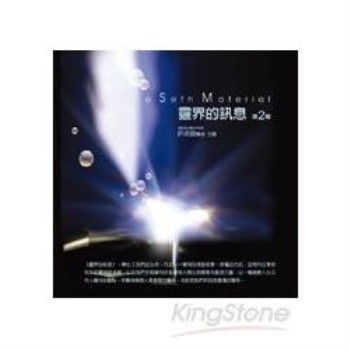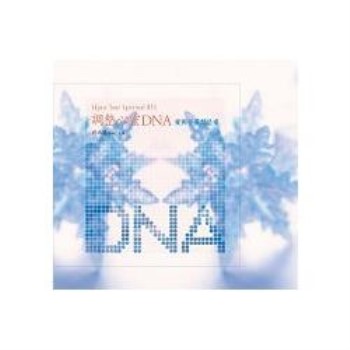This paper seeks to establish a dialogue between the imagery of the swan in Piotr Ilich Tchaikovsky’s Swan Lake and Darren Aronofsky’s Black Swan. The interpretative analysis looks at the symbolism of the bird and its colours from the perspective of the transformation from a binary view of Good vs Evil, present in the ballet, to a hermaphrodite perspective of the swan proposed by the film, which highlights the process of its metamorphosis. Based on a post-structuralist conception, the works are analysed as translations which, while maintaining the link with their predecessor, operate transformations resulting from the act of reading and interpretation by the translating subject. Starting from the fairy tale The Stolen Veil by the German Johann Musaeus, which is configured as the anteriority of the works in question, the research analyses the traces and transformations that occur in the intersemiotic translation process, addressing the presence of archetypes, according to the reflections of C.G. Jung. By presenting a mosaic between fairy tale, ballet and film, we problematise structuralist concepts, Platonic metaphysical perspectives and essentialist theories that govern the comparative relationship between the works.
| FindBook |
有 1 項符合
A dialogue between swans的圖書 |
 |
A dialogue between swans 作者:Cordolino Sobral 出版社:Our Knowledge Publishing 出版日期:2024-11-20 語言:英文 規格:平裝 / 96頁 / 22.86 x 15.24 x 0.58 cm / 普通級/ 初版 |
| 圖書館借閱 |
| 國家圖書館 | 全國圖書書目資訊網 | 國立公共資訊圖書館 | 電子書服務平台 | MetaCat 跨館整合查詢 |
| 臺北市立圖書館 | 新北市立圖書館 | 基隆市公共圖書館 | 桃園市立圖書館 | 新竹縣公共圖書館 |
| 苗栗縣立圖書館 | 臺中市立圖書館 | 彰化縣公共圖書館 | 南投縣文化局 | 雲林縣公共圖書館 |
| 嘉義縣圖書館 | 臺南市立圖書館 | 高雄市立圖書館 | 屏東縣公共圖書館 | 宜蘭縣公共圖書館 |
| 花蓮縣文化局 | 臺東縣文化處 |
|
|
圖書介紹 - 資料來源:博客來 評分:
圖書名稱:A dialogue between swans
Cultivating Coaching Mindsets: An Action Guide for Instructional Leaders
Pride in Asia
Pride in Asia
Language City: The Fight to Preserve Endangered Mother Tongues in New York
Bye Bye I Love You: The Story of Our First and Last Words
All in All (More or Less): Rhetorical Considerations in Poetry, Thought, and Experience
Speaking of Crime: The Language of Criminal Justice
The University and the Algorithmic Gaze
Teaching and Assessment in Global Aviation English
The Evolution, Acquisition and Development of Syntax
Pride in Asia
Pride in Asia
Language City: The Fight to Preserve Endangered Mother Tongues in New York
Bye Bye I Love You: The Story of Our First and Last Words
All in All (More or Less): Rhetorical Considerations in Poetry, Thought, and Experience
Speaking of Crime: The Language of Criminal Justice
The University and the Algorithmic Gaze
Teaching and Assessment in Global Aviation English
The Evolution, Acquisition and Development of Syntax
|











